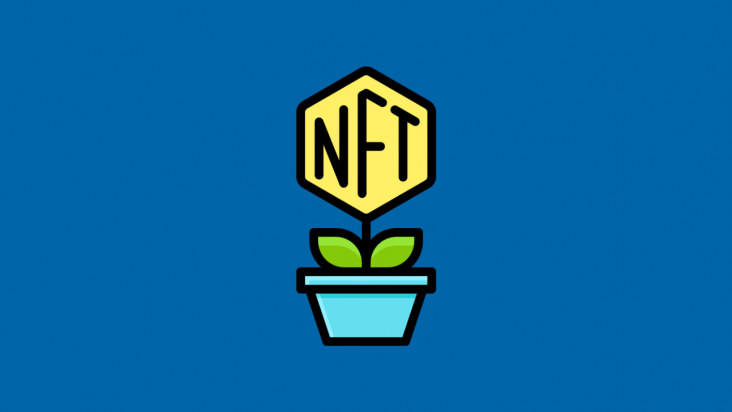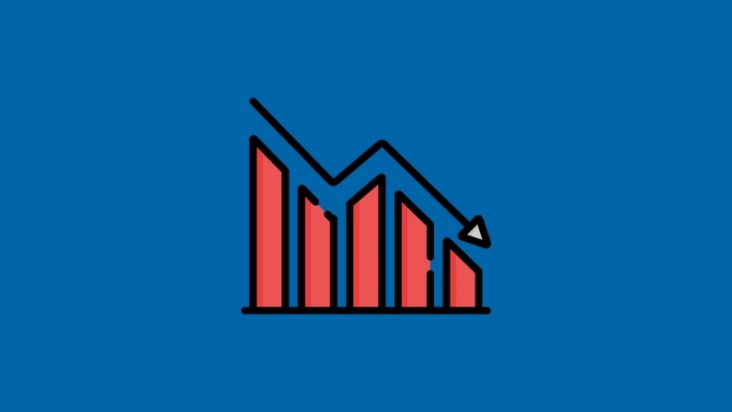Gaming Media’s Role in the Digital-First Era

The Materials section is a rich resource for individuals and organizations with a focus on data.
With thoughtfully curated articles, timely data releases, and a store stocked with ready-to-use data sets, this section caters to your data needs, empowering you to succeed in the dynamic world of data.
Our company information section provides comprehensive information about our services, pricing, team information, and contact details.
We aim to provide our visitors with all the information they need to make informed decisions about our services and build a strong relationship with our team.

In the ever-evolving landscape of gaming, media portals and magazines have remained pivotal in connecting developers, gamers, and industry stakeholders. As the gaming world shifts further into a digital-first paradigm, these traditional players are adapting to maintain relevance, offering curated content and fostering community engagement. This article delves deeper into their evolution, challenges, and strategies for staying competitive in today’s dynamic digital-first world, drawing insights from a detailed dataset of gaming media resources.

Gaming media has undergone a remarkable transformation since the golden era of print magazines like Game Informer and EDGE. In their heyday, these publications were the go-to source for news, reviews, and cheat codes. They not only informed but also set trends within the gaming community, influencing game purchases and driving fan culture.
With the advent of the internet, the landscape shifted dramatically. Websites and digital platforms began offering instant updates, live discussions, and multimedia content, rendering traditional print formats less relevant. The dataset underscores this evolution, revealing the dominance of blogs (171), news sites (169), and forums (142) in today’s gaming media ecosystem. These digital platforms have the advantage of immediacy, interactivity, and scalability, making them indispensable in the digital age.
The shift from static print to dynamic digital formats has brought about the emergence of interactive content. Gamers now expect real-time updates, multimedia-rich experiences, and personalized engagement. Media portals that once relied solely on written content are increasingly incorporating live streams, podcasts, and video reviews to cater to changing audience preferences.
Gaming media is no longer a monolith but a diverse ecosystem catering to various audience needs. The dataset highlights this diversity:
While 491 media resources cater to a global audience, the presence of regional hubs—such as Russia (132 resources) and France (6)—illustrates the importance of localized efforts. Language diversity also plays a significant role, with 372 English-language platforms dominating the landscape, alongside Russian, Spanish, and Portuguese resources. This trend indicates the growing demand for content tailored to regional and linguistic preferences.
The dataset reveals that while 642 media resources remain active, 77 have been declared dead, highlighting the competitive and unforgiving nature of the market. The proliferation of alternative platforms like Discord and Twitch poses significant challenges to traditional gaming media. These platforms provide direct, unfiltered access to developers and communities, drawing attention away from conventional outlets.
The traditional revenue models of gaming media—such as subscriptions and advertising—face stiff competition from free, user-generated content on social platforms. With gamers increasingly gravitating toward ad-free, peer-reviewed platforms, traditional outlets must find innovative ways to monetize their content without alienating their audience.
Engagement has become a cornerstone of success in the digital-first era. Platforms like Discord foster direct interaction between gamers and developers, raising the bar for traditional media to provide meaningful, community-driven engagement. Failing to adapt to these expectations can result in dwindling readership and irrelevance.
The dataset identifies 426 resources with Priority 3 status, reflecting strong community ties. These platforms thrive by fostering engagement and loyalty through targeted content and active moderation. Despite the rise of newer platforms, forums and blogs remain integral to the gaming ecosystem. They serve as spaces for in-depth discussions and niche content, offering insights and perspectives that other platforms may overlook. Their ability to build and sustain dedicated communities is unmatched.
Collaboration with Emerging Platforms
To stay relevant, gaming media must collaborate with platforms like Discord and Twitch. Sharing exclusive content, hosting co-branded events, and integrating live interactions can drive traffic and strengthen audience ties.
AI and Personalization
Leveraging AI for personalized recommendations and content curation will be a game-changer for gaming media. By analyzing user behavior and preferences, outlets can deliver highly targeted content that resonates with their audiences.
Focus on Niche Audiences
Niche platforms, such as podcasts and crowdfunding sites, are carving out dedicated spaces within the gaming media landscape. By focusing on these specialized audiences, media portals can create sustainable revenue streams and foster deeper connections with their readers.
Gaming media portals and magazines are navigating a transformative era, blending traditional strengths with digital innovations. While challenges like market saturation and monetization persist, their adaptability positions them as enduring players in the gaming ecosystem.
By embracing diversity in content formats, investing in localized efforts, and building strong community ties, gaming media can continue to thrive. As the digital-first era progresses, these platforms will remain vital in shaping the narratives and communities that define gaming culture.
Whether you’re a gaming enthusiast, developer, or marketer, the insights from this dataset underscore the importance of supporting and engaging with these invaluable media resources.Are you interested in exploring more about gaming media trends? Access our premium research report to delve deeper into the evolving dynamics of gaming media in the digital-first era.

The gaming industry is a form of mass culture, where players have a wide range of abilities. Accessibility is not a “checkbox feature” but a fundamental part of product design: […]

Initially, the term P2E (Play-to-Earn) was primarily associated with token farming: players in Web3 games received rewards simply for spending time in the game, usually through “token farming + selling […]

The years 2021–2022 marked the peak of the Play-to-Earn (P2E) industry. The mass enthusiasm for crypto games and the opportunity to earn from in-game tokens and NFTs attracted millions of […]

Cryptocurrency casinos have already ceased to be a niche “gimmick” and have become a large segment of iGaming. Over the past few years, the industry has adopted provably fair, accelerated […]

Thanks to blockchain technology, decentralized online casinos are gaining popularity among players, offering fairness, transparency, and full control over their funds. These innovative platforms open new opportunities for gambling enthusiasts, […]

Modern crypto casinos provide the ability to play from any device thanks to a combination of browser-based technologies and blockchain infrastructure. Most platforms use HTML5 and Web3, making games compatible […]